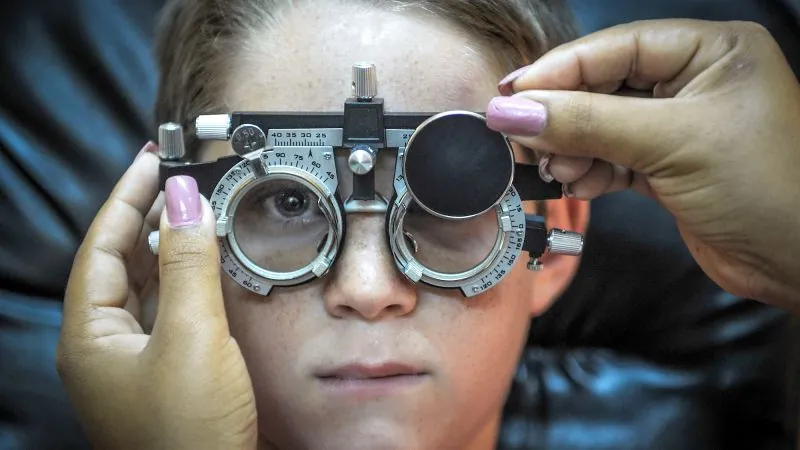
Shocking Stats: One in Three Children Globally Are Now Struggling with Nearsightedness!
2024-09-25
Shocking Stats: One in Three Children Globally Are Now Struggling with Nearsightedness!
A groundbreaking study published in the British Journal of Ophthalmology reveals that over one-third of children worldwide are nearsighted, with projections indicating that nearly 40% will be affected by 2050. The rise of myopia, the condition where distant objects appear blurry while close ones remain clear, has reached alarming levels, increasing from 24% in 1990 to approximately 36% in 2023.
Researchers from Sun Yat-sen University in Guangzhou, China, analyzed data from 276 studies involving over 5.4 million children and adolescents across 50 countries. Their findings indicate a concerning trend, particularly intensified following the COVID-19 pandemic, which has exacerbated the already rising rates of nearsightedness.
Notably, Southeast Asian countries such as Singapore, China, and Taiwan are experiencing some of the highest levels of myopia, with East Asian children exhibiting rates over 35%—more than double that of their White peers. Japan leads the world with an astounding 86% of children affected, while South Korea follows closely with 74%.
The study also notes significant regional disparities. Urban children show higher rates of myopia compared to their rural counterparts, and girls are experiencing slightly higher prevalence than boys. Researchers emphasize that younger children are particularly susceptible to environmental factors, especially during their critical visual development phase.
So why is this happening? Experts suggest that the early start of formal education in East Asian countries (as young as 2 or 3 years old) and a rise in screen time due to digital learning during the pandemic are contributing factors.
Looking to the future, the forecast is grim: by 2040, myopia could impact 36.6% of children, and almost 40% by 2050. However, there are proactive measures that parents can take to mitigate this issue.
Researchers recommend that children practice eye protection habits, engage in more physical activity, and reduce time spent on screen-based activities such as video games and television. Additionally, they urge educational authorities to lessen homework burdens and promote regular eye check-ups for early detection and treatment.
Dr. Benjamin Botsford, an ophthalmologist at UMass Chan Medical School, echoes these sentiments. He advises that taking breaks while using screens is crucial and introduces the “20-20-20 rule” to combat eye strain: every 20 minutes, look at something 20 feet away for 20 seconds. This simple practice can offer relief and prevent the progression of nearsightedness.
With these alarming statistics and effective prevention strategies in mind, now is the time for parents, educators, and healthcare providers to act. The future of children's vision depends on it! Are we ready to face this growing epidemic?




 Brasil (PT)
Brasil (PT)
 Canada (EN)
Canada (EN)
 Chile (ES)
Chile (ES)
 España (ES)
España (ES)
 France (FR)
France (FR)
 Hong Kong (EN)
Hong Kong (EN)
 Italia (IT)
Italia (IT)
 日本 (JA)
日本 (JA)
 Magyarország (HU)
Magyarország (HU)
 Norge (NO)
Norge (NO)
 Polska (PL)
Polska (PL)
 Schweiz (DE)
Schweiz (DE)
 Singapore (EN)
Singapore (EN)
 Sverige (SV)
Sverige (SV)
 Suomi (FI)
Suomi (FI)
 Türkiye (TR)
Türkiye (TR)